Latest news about Bitcoin and all cryptocurrencies. Your daily crypto news habit.
An installment of Network Nervous System metrics regarding ICP inflation and staking.
Written by Kyle Langham
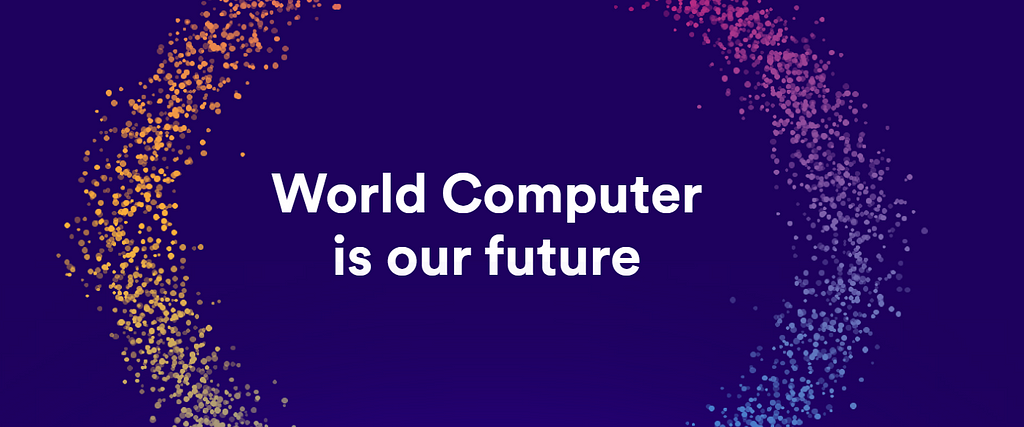
The Network Nervous System (NNS) is the permissionless on-chain DAO that allows the Internet Computer blockchain to be governed in an open, decentralized, and secure manner. The NNS has complete control over all aspects of the network, allowing it to be efficiently upgraded and expanded.
ICP utility token holders from around the world can stake their tokens within neurons in the NNS to engage in network governance and vote on whether to adopt or reject network proposals, while earning voting rewards for their participation. Anyone who stakes a neuron within the NNS can also submit a proposal to suggest changes, giving the ICP community the power to guide the blockchain’s evolution and optimize it for developers, entrepreneurs, and users.
This post is an installment of a quarterly review of NNS and ICP token economics from January 2022 through March 2023, reviewing metrics regarding inflation and NNS staking.
Inflation
ICP token inflation is caused by the minting of ICP to reward node providers and NNS governance participants. The annualized inflation rate for ICP from January through March 2023 has been 3.3%, which is well below the targeted inflation rate for governance rewards of ~8% annualized. Many NNS participants have been accumulating their rewards as “maturity” (i.e., the accrual of rewards in a neuron from voting on proposals) instead of converting them into ICP tokens, which is discussed more below.
The inflation rate of ICP can vary from month to month, mostly driven by whether NNS participants are converting maturity into ICP. The chart below shows the annualized inflation rate for each month in 2022 and 2023.
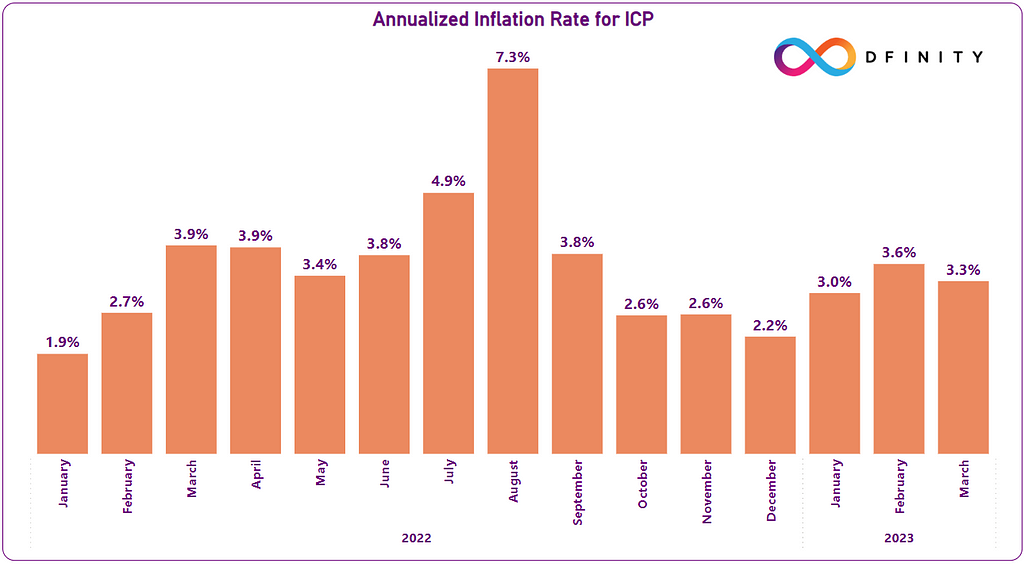
NNS participants can choose to convert their rewards from maturity to ICP by either spawning a new neuron (which allows the owner to receive the ICP in 7 days) or to merge the ICP back into their existing neuron (which keeps the ICP locked in the neuron). The following chart shows a breakdown of spawned neurons, merged ICP, and node rewards. (Note: heuristics are used to determine if a mint event was spawning or merging maturity.). The complete implementation of proposal 48623 in December resulted in merge maturity no longer being an option for NNS participants.
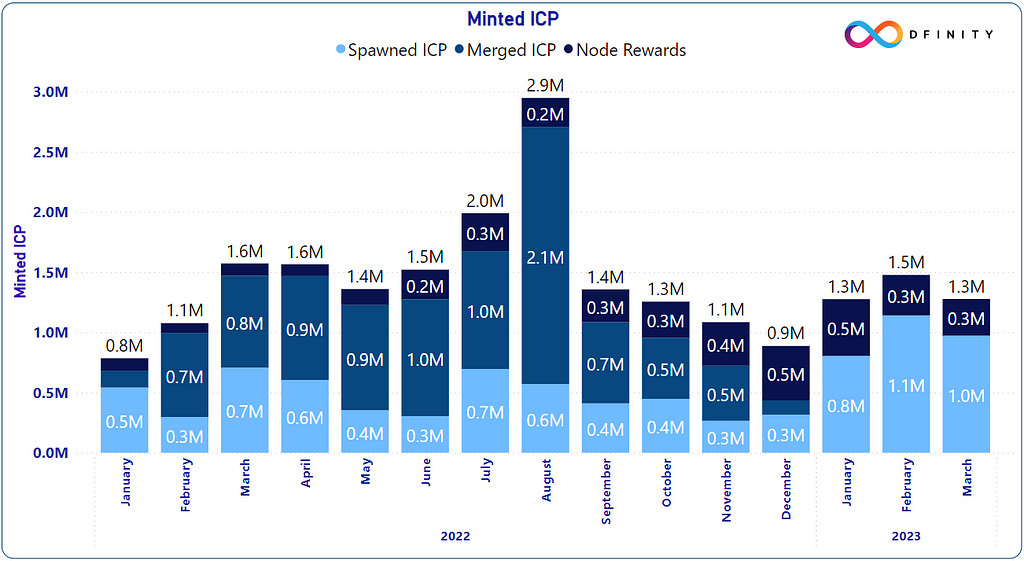
As mentioned above, neuron holders receive their governance rewards in the form of maturity and have the option to convert that maturity into ICP. Therefore, accumulated maturity can be thought of as delayed inflation. Neuron holders so far have predominantly decided to leave their rewards as maturity and a total of 58.2M ICP worth of maturity has accumulated since Genesis. Below is the amount of maturity accumulation over the past twelve months.
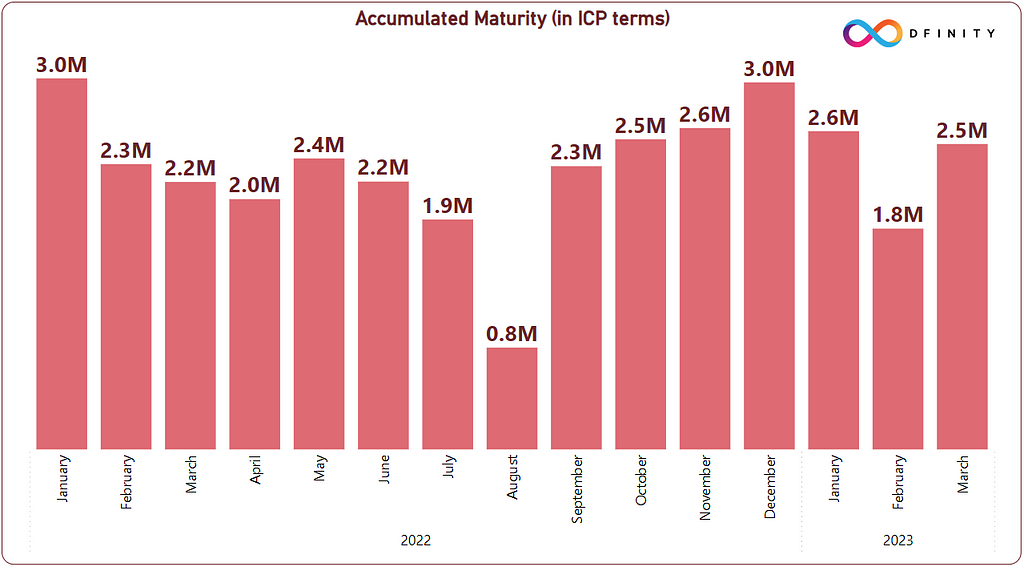
NNS Staking
NNS participants can stake their tokens for a minimum time, known as a dissolve delay, with longer delays receiving more voting power and voting rewards. NNS participants can also choose to keep their neuron locked, which keeps the dissolve delay fixed, or start dissolving the neuron which counts down the dissolve delay.
The chart below shows the current staking behavior on the NNS, displaying the number of tokens staked bucketed by dissolve delay and whether the tokens are dissolving (pink) or remain locked (purple).
Over the last quarter, the number of total dissolving tokens decreased by 7.6M ICP and the number of locked tokens increased by 1.1M ICP. There is a clear trend that new stakers prefer to keep their tokens locked. As the chart below shows, most token dissolves will occur in the next twelve months.
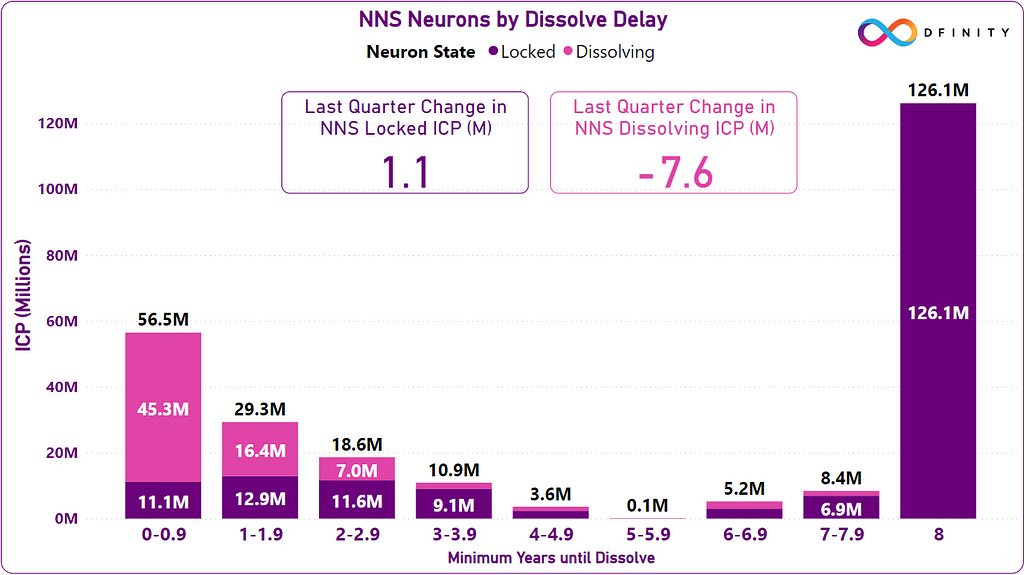
The above chart shows the state of the NNS on April 1st, 2023, reflecting the number of ICP tokens that are locked and dissolving by the length of their dissolve delays. 126.1M ICP (25.3% of total supply) is locked for a minimum of 8 years. You can track these metrics on the Internet Computer Dashboard.
Learn more about the Internet Computer: internetcomputer.org
Follow the Internet Computer Story on Twitter: @dfinity
NNS and ICP Token Metrics Quarterly Report, First Quarter 2023 was originally published in The Internet Computer Review on Medium, where people are continuing the conversation by highlighting and responding to this story.
Disclaimer
The views and opinions expressed in this article are solely those of the authors and do not reflect the views of Bitcoin Insider. Every investment and trading move involves risk - this is especially true for cryptocurrencies given their volatility. We strongly advise our readers to conduct their own research when making a decision.